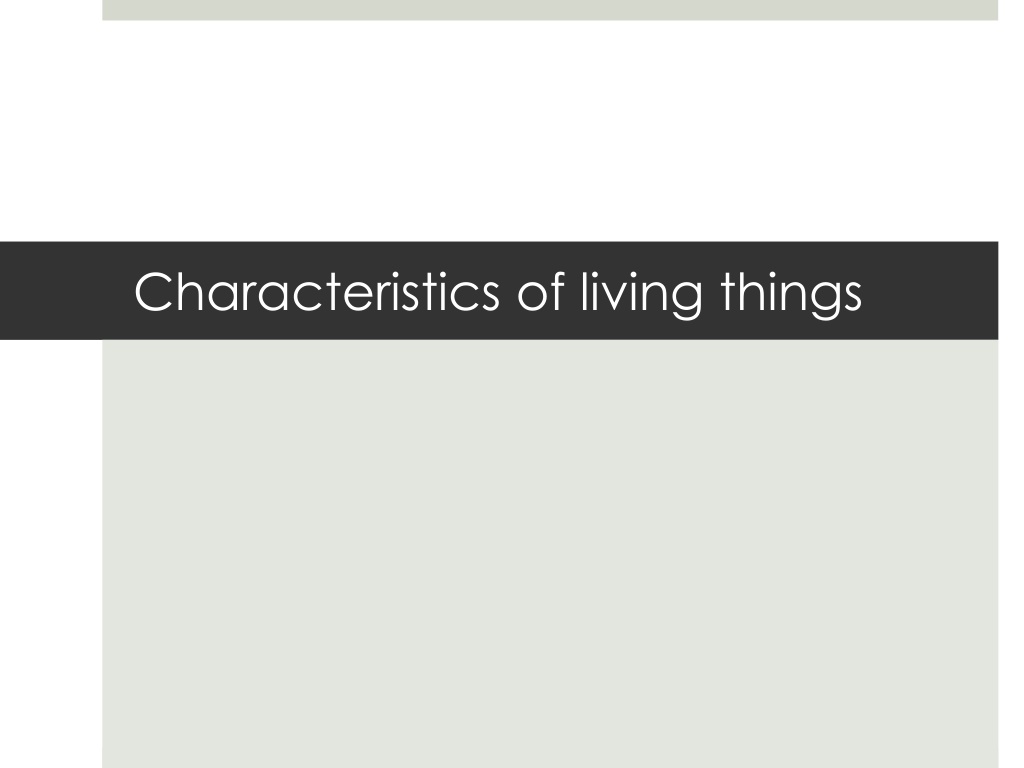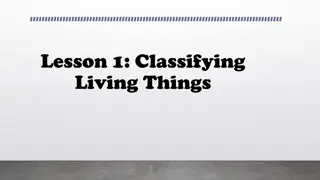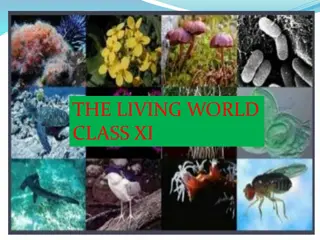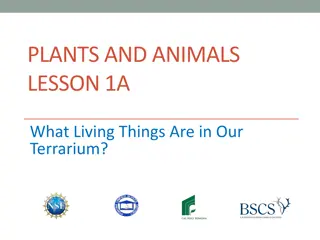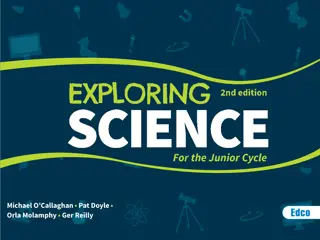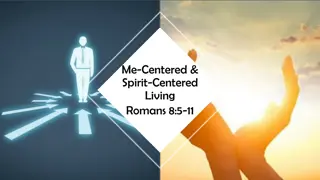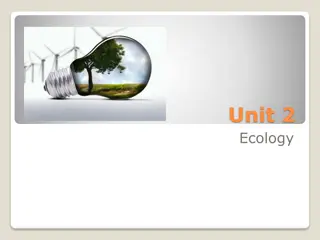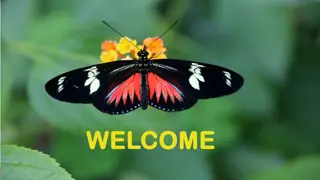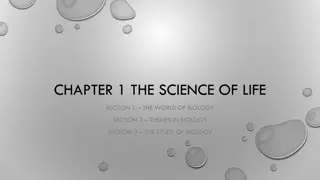Understanding the Characteristics of Living Things
Explore the key characteristics of living things, including the need for materials, energy, and living space, as well as the organizational structure, growth, reproduction, and ability to respond to the environment. Dive into topics such as the Cell Theory, spontaneous generation theories by scientists like Francisco Redi and Louis Pasteur, and the importance of reproduction in living organisms.
Download Presentation

Please find below an Image/Link to download the presentation.
The content on the website is provided AS IS for your information and personal use only. It may not be sold, licensed, or shared on other websites without obtaining consent from the author. Download presentation by click this link. If you encounter any issues during the download, it is possible that the publisher has removed the file from their server.
E N D
Presentation Transcript
DO NOW: October 1 What makes something living?
All Living Things have NEEDS Materials-water, oxygen Energy-food, sun (plants) Living Space-somewhere to get materials and energy
Living Things have CHARACTERISITCS Organized-cells, tissues, organs, organ systems, organism Growth-to become larger Reproduce-create more, avoid extinction Environment, Respond-ability to change as the environment changes.
DO NOW October 3 How are living things organized? Why do living things need to reproduce? A brown chameleon moves into a tree and changes color to green. What characteristic of living things in this behavior?
The Cell Theory All living things are made up of one or more cells Cells carry out all basic life functions All cells come from other cells
Francisco Redi Believed in spontaneous generation-living things (bacteria) can come from non-living things. Why did he think this?
Louis Pasteur Disproved Redi s theory of spontaneous generation Developed the process of pasteurization Pasteur's Life
Exit Ticket How does the theory of spontaneous generation and the cell theory disagree?
